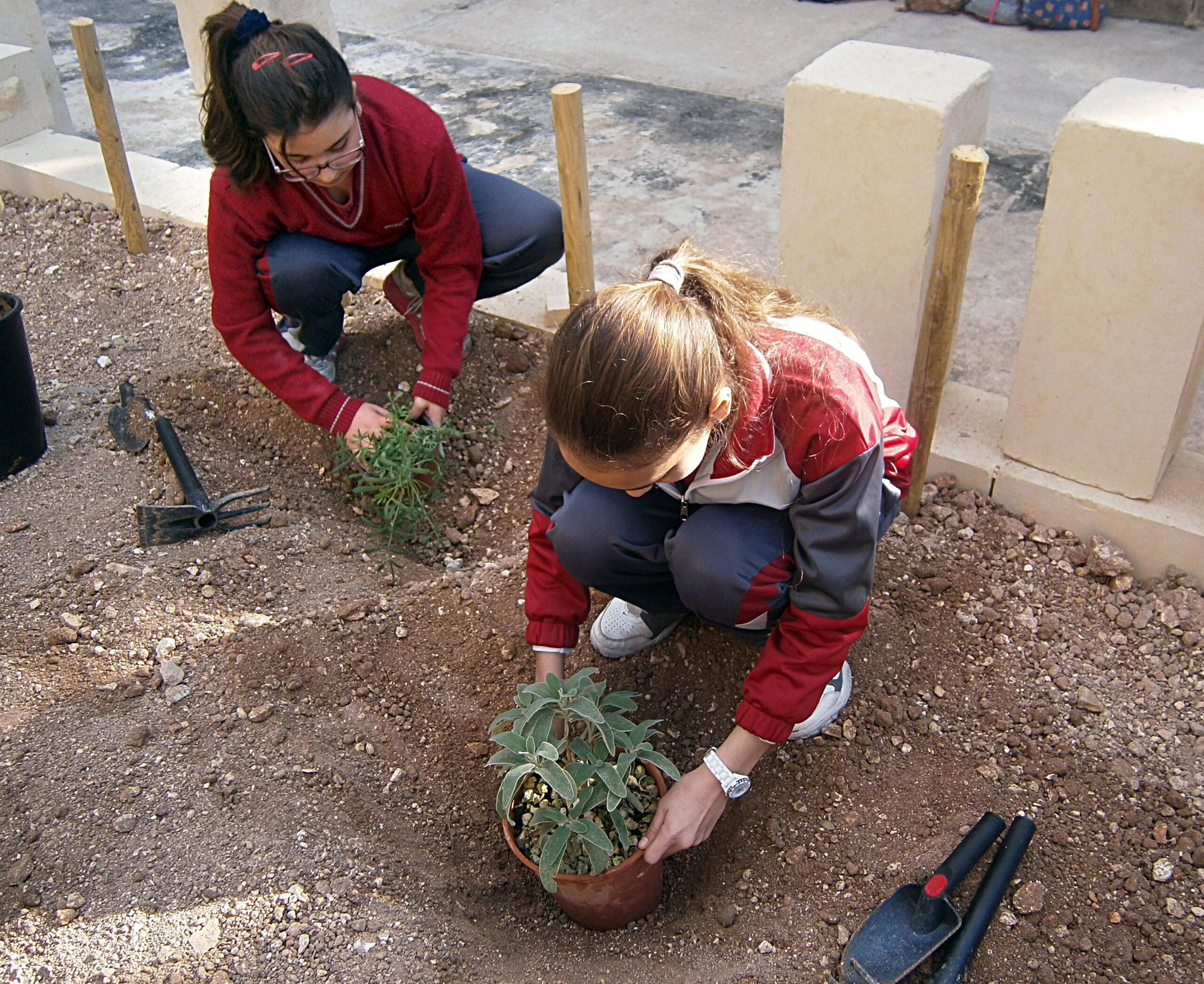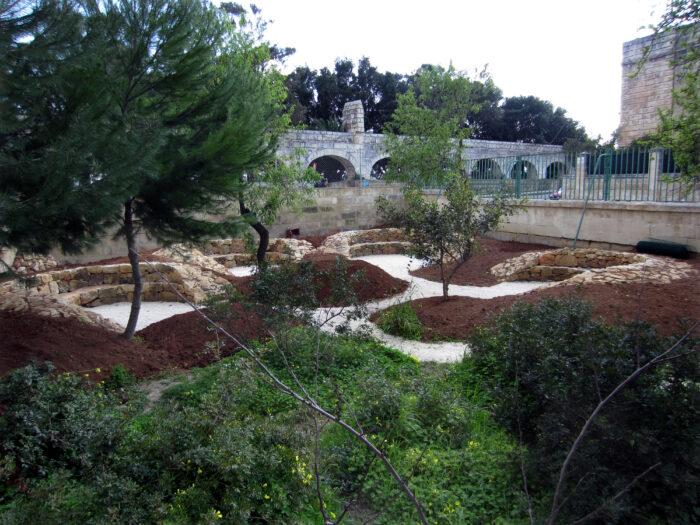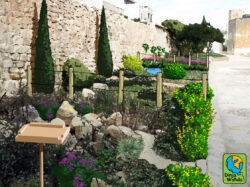BirdLife Malta’s education team works to stay up to date with national education policy and procedures. We believe that it is every child’s right to have regular contact with nature.
Forming a bond with nature from an early age is important for children and for the planet. Adults who were connected with nature from childhood generally live more sustainable lifestyles than those who had no nature connection. BirdLife Malta firmly believes that to create generations of adults who factor nature into their lives and choices, policymakers in education must strive to make our schools more nature-friendly.
As part of an Erasmus+ project called Teach, Inspire and Protect, BirdLife Malta collaborated with the Institute of Earth Systems of the University of Malta to carry out two related research initiatives. The first involved mapping of Maltese primary school footprints to determine the proportions of different landscapes in each footprint.
The second carried out a national survey among primary school teachers to establish the state of outdoor teaching and nature-based learning in Maltese primary schools. Information from these surveys was used to create a policy brief on the greening of school grounds for nature-based learning.
The surveys reveal that our school footprints are dominated by outdoor hardscapes, with concrete and other hard paving covering an average 49% of our school grounds. Built areas take up an average 29% of the grounds, with only 22% consisting of soft landscaping. These figures are broad averages and several schools have little or no soft landscaping at all. Additionally, our schools’ soft landscaped areas do not follow the principle of integrated thinking and design as in most cases these areas are behind the school building or at the edges of school property, often as strips abutting roads, or random troughs in unconnected spaces.
On the positive side, the teacher survey revealed a consensus among primary school educators that outdoor learning is beneficial to children’s learning and development, health and well-being. While school grounds are the most popular venue for outdoor teaching across year groups, very little use is made of natural areas: most outdoor teaching in schools is carried out on rubber matting or artificial turf, followed by concrete ground.
To read more about our policy on school grounds and green landscaping, click here.



